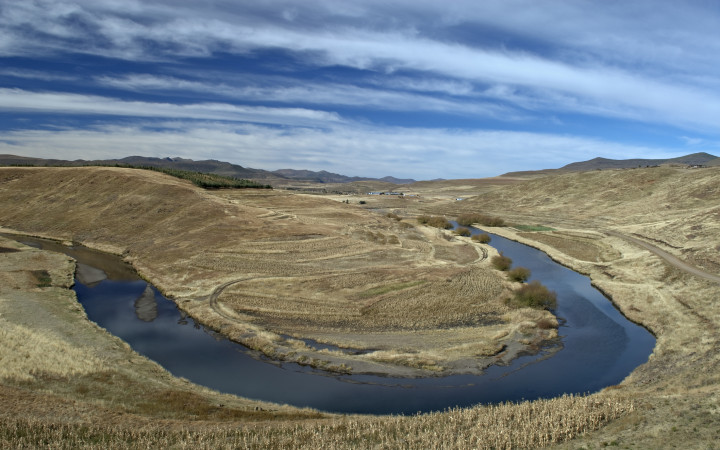Today’s Wonder of the Day was inspired by Margie from Plainfield, IL. Margie Wonders, “How does an oxbow lake form?” Thanks for WONDERing with us, Margie!
Do you enjoy a relaxing day at the lake? Some people like to grab a fishing pole and spend the day casting for dinner on a small local lake. Others might enjoy a scenic hike around a beautiful lake, such as Crater Lake.
If you live near the Great Lakes, there are all sorts of activities you can enjoy, from water skiing to swimming. Lakes of all shapes and sizes provide opportunities for recreation throughout the year.
If you live near a river, you may have a certain type of lake in your area. If you look at a map and see a crescent-shaped lake not far from a river, there's a good chance it's an oxbow lake.
Oxbow lakes, sometimes called horseshoe lakes, loop lakes, or cutoff lakes, get their name from their resemblance to the U-shaped collar put around the neck of an ox for plowing. Their unique shape stems from the way in which they're formed.
An oxbow lake starts out as a curve, also known as a meander, in a river. As water travels around the curve, it flows faster on the outside of the curve and slower on the inside of the curve.
This has two effects. The water on the outside of the curve eats away at the river bank in a process called erosion. The water on the inside of the curve, on the other hand, moves more slowly and leaves behind dirt, sand, silt, and other types of sediments in a process called deposition.
Over time, these processes create a curve with a distinct U or crescent shape. As the processes of erosion and deposition continue, the piece of land at the narrow ends of the curve closest to the straight path of the river gets smaller and smaller.
Eventually, the river cuts a new, straight path through that small piece of land, creating a shortcut that straightens the path of the river and leaves an oxbow lake behind. When you look at a photograph of an oxbow lake from above, you can often see how it used to be simply a bend in the river.
Cut off from the main river channel, oxbow lakes don't have any water flowing into or out of them. Without sufficient rain, they may dry up completely. Many oxbow lakes that do receive some rain turn into swamps that become thriving wildlife habitats.




